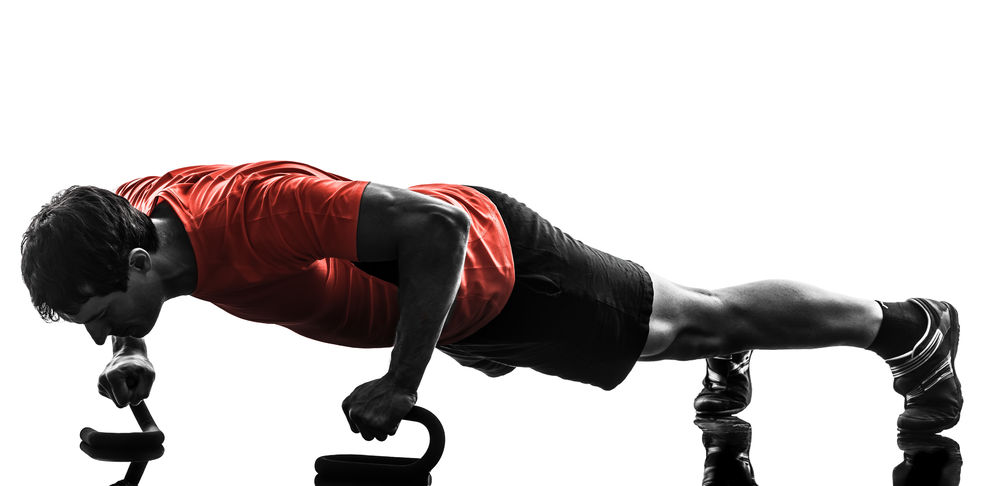Note that your final mark will not be saved in the system.
1.1.a. Skeletal and muscular systems Typeit
Type the correct answers into the spaces. Fill all the spaces before clicking ‘Check Answers!’

Skeletal muscles work in pairs to cause movement at the joints they articulate. As one muscle or muscle group in the pair contracts, the other relaxes, working in what is called an antagonistic pair.
They have various roles during movement:
The muscle responsible for pulling on the joint to cause movement is termed the , while the paired muscle that is passive during the movement is known as the . The attachment points of some major muscles in the human body enable them to instigate movement at more than one joint. These require muscles to stabilise the joint where movement is unwarranted so that movement is isolated at the desired joint.
As well as the different roles muscles play in movement, there are a variety of contraction types that affect how movement is performed:
- muscle contractions are characterised by a change in the length of the muscle. This type of contraction can be further divided as:
- (i.e. the lengthening of the muscle) and
- (i.e. the shortening of the muscle) muscle contractions.
- Muscle contraction that occurs while there is no change in the muscle’s length is known as an contraction.
When a basketball player jumps to perform a slam dunk, the gastrocnemius and soleus muscles work as the muscles, causing plantar flexion at the ankle joint, allowing the player to leap into the air. The gastrocnemius and soleus shorten as they contract; this is an - muscle contraction. At the same time, the tibialis anterior works as the muscle, by relaxing to allow plantar flexion to be performed. As the athlete lands, the gastrocnemius and soleus lengthen as they contract, producing tension to control the dorsiflexion movement. This is known as an isotonic contraction.
The triceps brachii is a large muscle group, where the large head spans both the elbow and shoulder joints. When movement at only one joint is desired, such as at the elbow during a press-up, the shoulder joint must be stabilised to prevent the long head of the triceps brachii from causing unwarranted movement. Therefore, the role of the trapezius is as a , to ensure movement is occurring only at the elbow. Using the same example of a press-up, holding a static position during the down phase is an example of an muscle contraction at the triceps brachii, which remains under tension to maintain a stable horizontal body position.